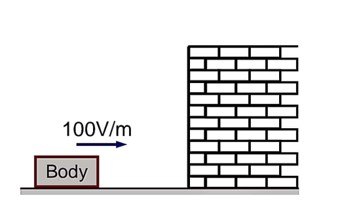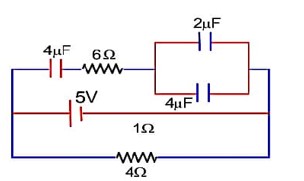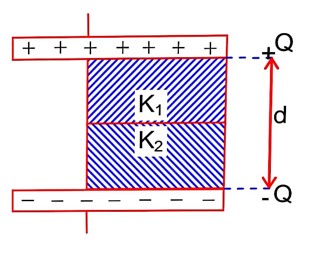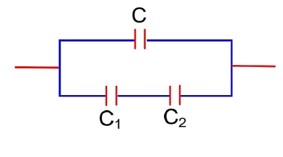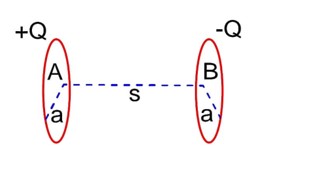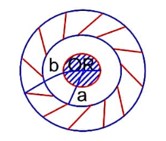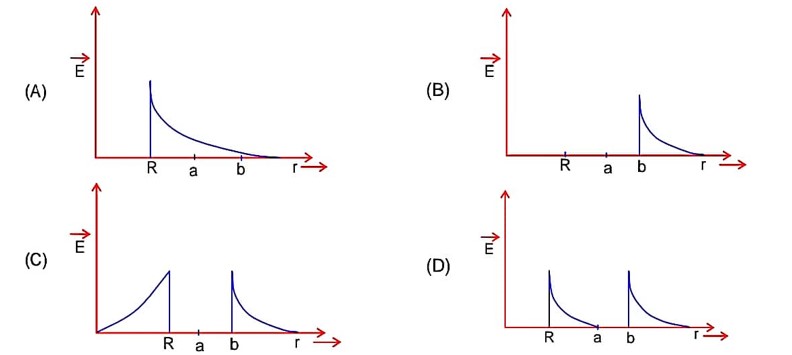Electrostatic Potential and Capacitance
Get insights from 125 questions on Electrostatic Potential and Capacitance, answered by students, alumni, and experts. You may also ask and answer any question you like about Electrostatic Potential and Capacitance
Follow Ask QuestionQuestions
Discussions
Active Users
Followers
New answer posted
3 months agoContributor-Level 10
F = qE Þ Electric force acting on the body
->Acceleration of body
New answer posted
3 months agoContributor-Level 10
Battery is connected while dielectric is inserted so potential difference will be remains same.
New answer posted
3 months agoContributor-Level 9
From observation, we can say that right of

x = 5 cm
Taking an Exam? Selecting a College?
Get authentic answers from experts, students and alumni that you won't find anywhere else
Sign Up on ShikshaOn Shiksha, get access to
- 65k Colleges
- 1.2k Exams
- 679k Reviews
- 1800k Answers

